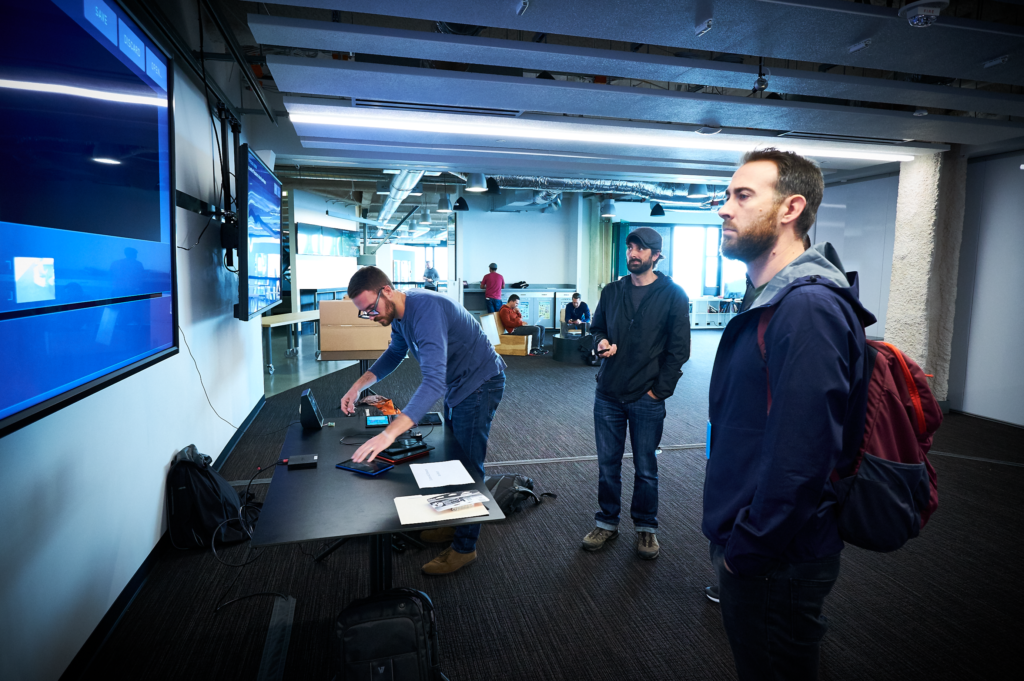Amazon Design Technology
2013-2019

When I joined Amazon Advertising in 2013, the design technology landscape was fragmented and ripe for a transformation. As the first design technology hire in the organization, I was tasked with building a global team from the ground up. Over six years, my vision evolved into a robust organization of over 40 full-time, contract, and intern professionals spanning six global locations: Seattle, New York, Los Angeles, London, Munich, and Tokyo and supporting nine-figure revenue goals.
Ad format transition
One of my most significant achievements was leading Amazon’s transition from Flash (.swf) to HTML5 ad formats. At a time publishers were hesitant to make the shift but Amazon became the first major publisher to comprehensively transform our third-party advertising to HTML5. This initiative required close partnership and development with internal teams (marketing, legal, policy, engineering) and external (agencies and brands), required re-writing and publishing technical guidelines and socializing changes through external presentations. The change garnered extensive media coverage across platforms like Digiday, 9to5Mac, VentureBeat. I developed transition plans that were not only adopted org-wide but also shared broadly with customers and agencies to seek feedback, setting a new industry standard.
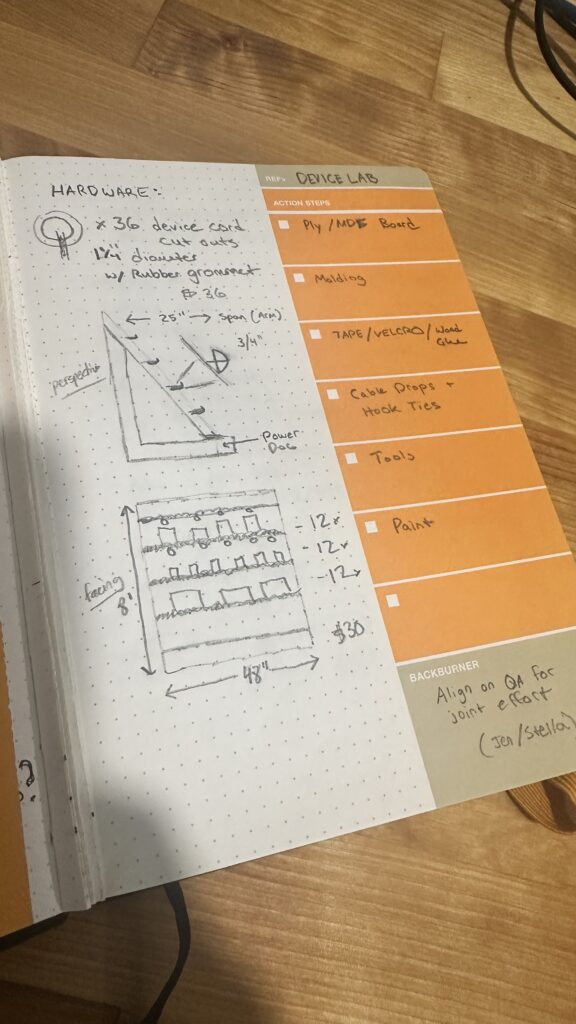
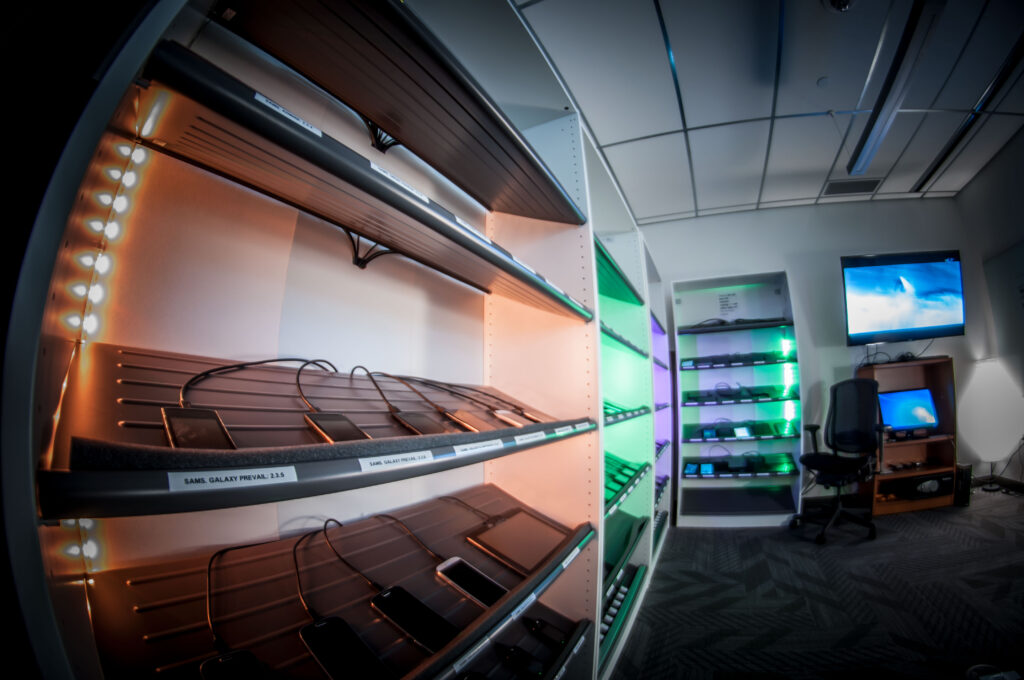
Authoring tools
Recognizing the need for more accessible creative tools, I led the development of a new authoring environment for designers, specifically developed for Fire Tablet rich media ads. This platform was more than just a new piece of software—it was a strategic solution that democratized ad creation from my design technology team to designers around the world. Under the hood, it was powered by a light-weight and custom library specialized for Fire device advertising. Over the years and as new devices were released by partners at Lab126, we worked to expand the libraries capabilities across multiple tablet generations and Fire TV.
The authoring tool’s success was transformative. What started as a tablet-focused solution was scaled to support TV, desktop and mobile advertising campaigns across Amazon. Our engineering efforts focused on enabling non-technical team members to author, test, and ship custom campaigns more efficiently and with significantly reduced error rates. This approach not only accelerated development cycles but also generated millions in revenue.
Alexa and emerging technology
In 2016, the team’s growth and innovation extended into voice technology with the development of the first advertising skill for Alexa (Batman v Superman). This project required close collaboration with the Alexa teams due to the new development environment and lack of documentation and SDK. The campaign was launched and the project files were later edited and open-sourced into the first “choose your own adventure” skill through Alexa’s public GitHub account, which also came with a front-end authoring environment. This project demonstrated the potential of voice-driven advertising experiences and how a single campaign opportunity can support the company’s larger efforts in driving Alexa adoption.
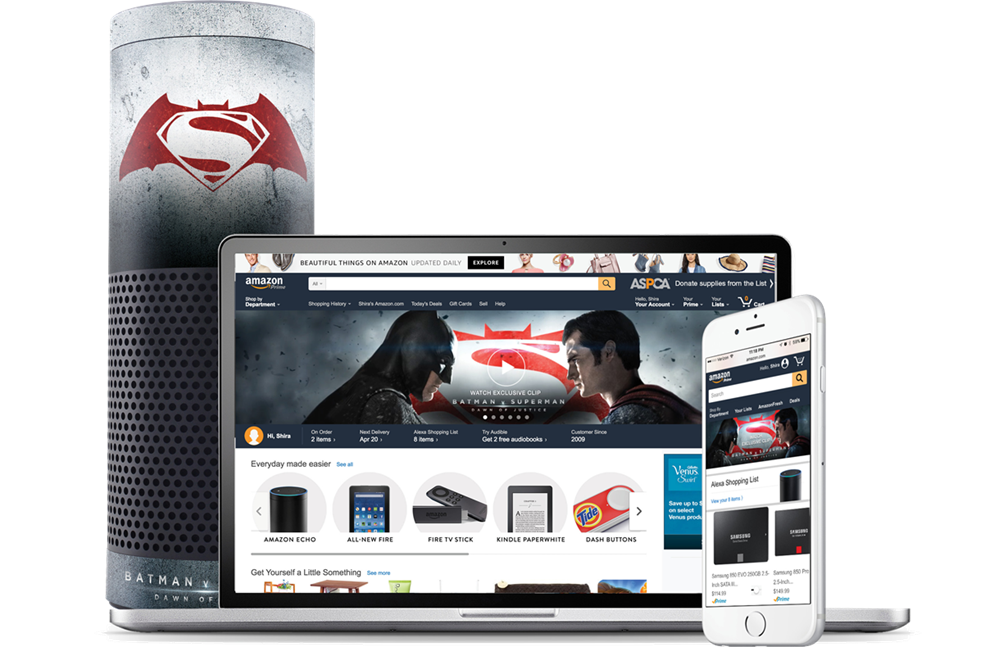
Leadership and org impact
At Amazon, I’ve been owner and/or contributor to a number of S-team and flagship goals. Over 98% of the company was hired after me and I have done over 250 interviews growing talent within the company.
My role transcended traditional technological leadership. I was responsible for managing and developing cross-functional teams, including UX professionals, program managers, design technologists, and engineering teams. Each year, I led the company-wide Design Technology operating level review (OLR), establishing talent level-setting processes that became benchmarks across Amazon for design technologists (a new role within the company).
Monthly hack days became a cornerstone of my strategy and approach. The program was impactful to many – brands and customers would gain access to new and emerging concepts to build marketing around, our VPs consistently cited them as their favorite review meetings, praising the emerging concepts and creative potential generated, and most important, the team felt inspired and excited to explore new technologies outside of the day-to-day project work. By creating an environment that celebrated innovation, I improved team morale, discovered new tech to bring to the team, and generated incremental revenue for the business.
Professional and team development
Throughout my tenure, I focused intensely on team growth and development. I promoted dozens of team members across various levels, facilitated transitions from individual contributors to management roles, and converted multiple interns into full-time employees. The organization I founded continues to operate and innovate today within Amazon’s Brand Innovation Lab, a testament to its robust foundation. Success came through extensive cross-functional collaboration. I worked closely with product, engineering, design, leadership, marketing, PR, legal, and ad policy teams. Breaking down silos and fostering a culture of open communication and shared goals, we created an environment where innovation could flourish.
My work also extended beyond Amazon. I was a frequent international speaker at events and a contributing member of Interactive Advertising Bureau (IAB) working groups. Our team’s internal portfolio site became a powerful tool to support our growing revenue goals through new business opportunities. The site was created for our global sales organization as a way to scale and present the team’s work in emerging concepts and production demos.
Technology foundation
Our technology stack was diverse and cutting-edge but the team was regularly working with React, HTML5, CSS, JavaScript, NodeJS, Android, FireOS, AlexaSDK, ThreeJS, various internal, 3P, and AWS services, and a number of design tools (Photoshop, Sketch, After Effects). This flexible approach allowed us to adapt quickly to new technologies and test market needs for both digital and physical mediums.
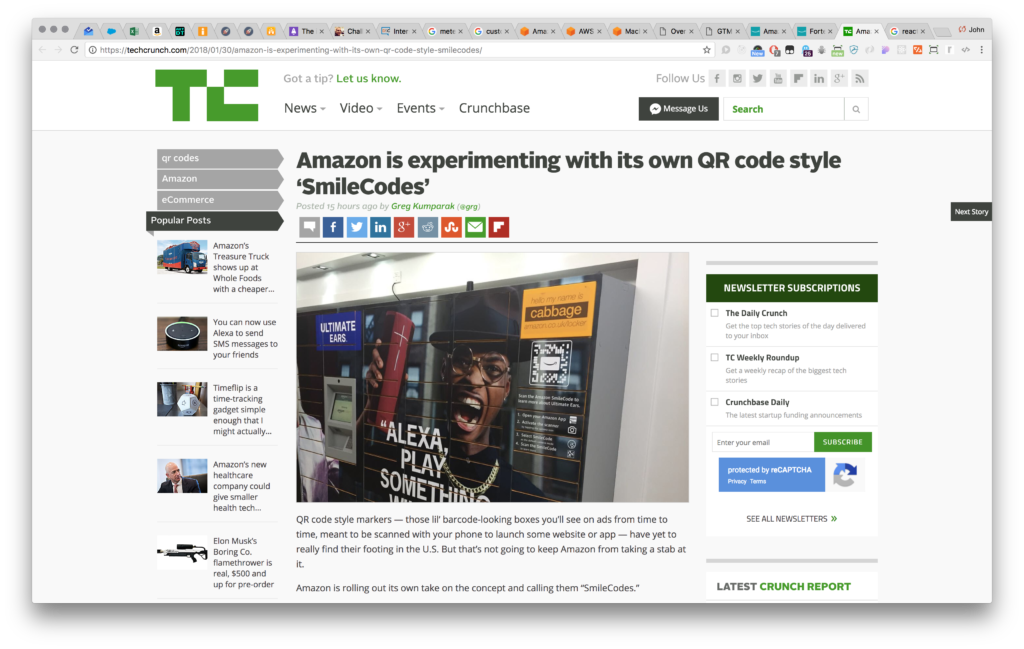
Legacy and impact
More than just technological and business achievements, I established a new paradigm for design technology in digital advertising and at enterprise scale. To the incredible team members who collaborated, challenged conventions, and consistently pushed the boundaries of what was possible — this journey was a collective triumph of thinking big, exploring new technology, and embracing failure.
